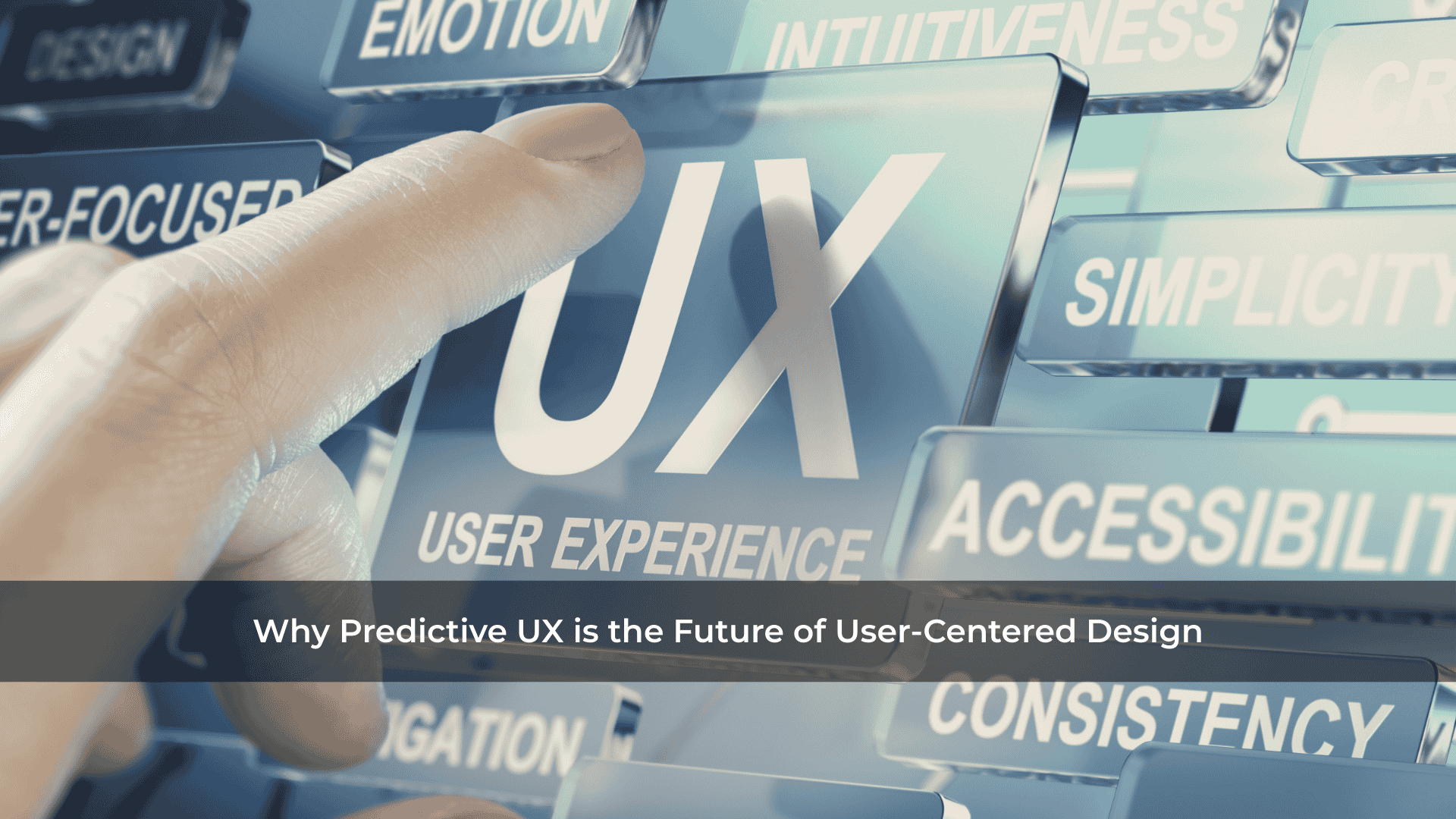In the age of personalization and AI, user expectations are shifting. Today, users don’t just want intuitive interfaces—they expect digital products to anticipate their needs. This is where predictive UX (User Experience) comes into play. Predictive UX is becoming the next frontier in user-centered design, and data is used to forecast user behavior and tailor interactions in real-time.
But what exactly is predictive UX, and how is it changing the way we design digital experiences?
What Is Predictive UX?
Predictive UX leverages data, machine learning, and behavioral patterns to create proactive user experiences. Rather than waiting for a user to act, interfaces respond in advance—offering suggestions, streamlining workflows, or even eliminating unnecessary steps.
It’s the difference between a static interface and one that feels smart, adaptive, and personalized.
How Predictive UX Works
At its core, predictive UX is powered by:
- User data (interaction history, device usage, preferences)
- Behavioral analytics
- AI and machine learning algorithms
These tools work together to anticipate:
- What users might do next
- What they’re likely to need
- When to offer help or information
Real-World Examples of Predictive UX
- Spotify recommends playlists based on listening habits
- Google Maps suggests alternate routes before traffic worsens
- E-commerce apps predicting reorders or offering smart filters
- Fitness apps adjust workout plans based on past performance and time of day
- Email platforms like Gmail suggesting replies or scheduling nudges
Benefits of Predictive UX
1. Streamlined User Journeys
Predictive design reduces friction by eliminating steps, anticipating actions, and guiding users seamlessly.
2. Increased Engagement
Personalized suggestions and anticipatory actions can keep users engaged, making apps feel more “alive” and responsive.
3. Better Retention
When users feel understood and assisted, they’re more likely to return—and stay.
4. Higher Conversion Rates
Predictive product recommendations, reminders, and timely CTAs help nudge users toward desired actions.
Challenges and Considerations
While the promise of predictive UX is exciting, it must be approached with care:
- Privacy Concerns: Predictive systems require data—so transparency and control are essential.
- Over-personalization: Too much prediction can feel invasive or frustrating if it’s wrong.
- Bias in Data: Machine learning can inherit and amplify existing biases if not carefully monitored.
- Loss of User Control: Designers must balance prediction with allowing users to override or explore freely.
Designing for the Predictive Future
If you’re designing with predictive UX in mind, here are a few principles to follow:
- Be Transparent: Let users know when and why suggestions are made.
- Design for Trust: Make it easy for users to adjust or turn off predictive features.
- Start Simple: Before jumping into complex AI, use basic behavioral cues (like time of day or frequency).
- Test and Iterate: Continuously refine predictive models based on user feedback and data.
Conclusion
Predictive UX isn’t about guessing—it’s about designing more brilliant experiences based on real-world patterns. As users grow more accustomed to apps and services that “just know,” predictive design will shift from a competitive advantage to an expected standard.
The future of user-centered design lies not just in understanding users—but in anticipating their needs before they even know them.

